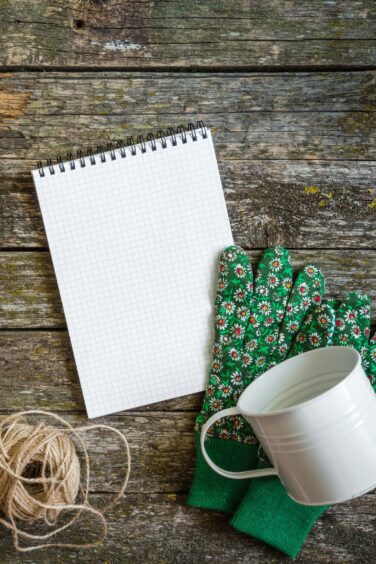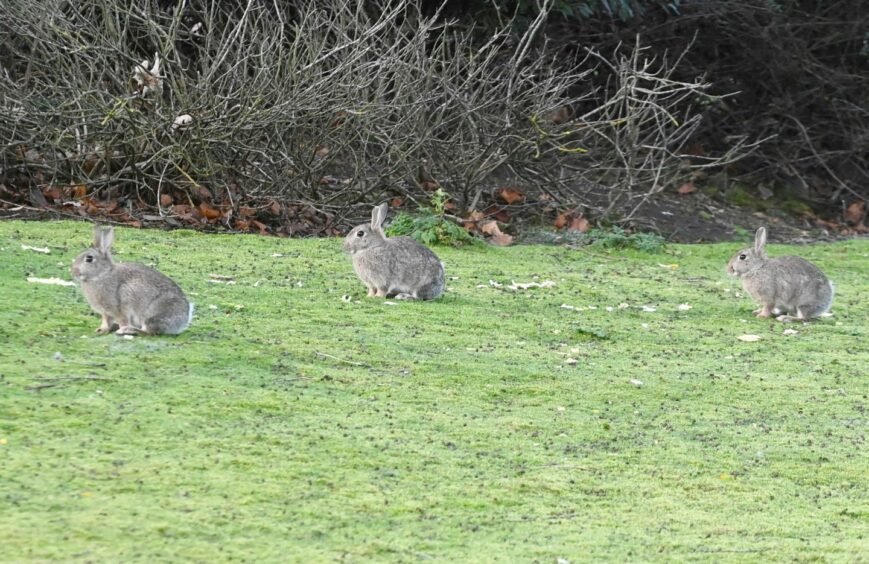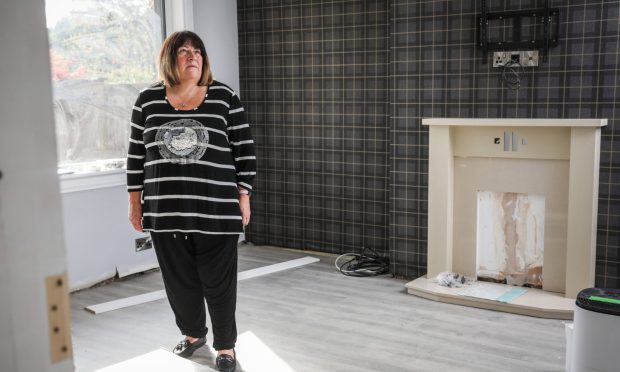I love that feeling of satisfaction at the end of a job well done.
All the effort that goes in before a spade even makes contact with the ground in the planning, research and the sourcing of plants.
Then laying out your plot, maybe a bit of landscaping with a path or the building of raised beds, moving on to preparing the soil and improving its structure with the addition of composts.
Making sure everything is correct
Finally the day comes when we can start putting plants in the ground.
Position plants first, taking time to step back and looking at the border from all angles just to make sure they are in the correct spot.
Then working our way down through shrubs, herbaceous perennials, ground cover plants and bulbs, making sure they all have sufficient space to grow, giving all a good drink to settle them into their new home.
One of the first things I was taught and still sticks with me today is that the job isn’t finished until all is tidy and put away.
No footprints in the bed, grass raked off or paths swept tidy.
Mud cleaned off of tools on site so not to spread any soil disease to another part of your garden, before washing then sterilising them putting safely away.
A final check and you’re finished.
Dirty, tired, satisfied on a job well done, time for a well earned cup of tea.
What then if all the hard work is ruined?
Just imagine then heading out the next morning to find the soft, lush foliage of your plants all nibbled and gone, sat on or squashed.
All your hard work ruined overnight.
That’s what happened to me the other week after planting out a whole load of perennials to find them all damaged by peacocks.
Not your average pest problem, although I’m quite sure a few of you out there could better that for randomness.
However, lots of us face similar issues with plants being attacked from deer and rabbit.
I was devastated when I first realised that keeping a garden with the damage deer and rabbit can cause was going to be something I would have to live with.
Both have the potential to kill young trees, shrubs and herbaceous plants.
Inspired by Beatrix Potter?
Never one to give up, I channelled the inner ‘Mr McGregor’ within me from Beatrix Potter’s Peter Rabbit to tackle the problem head on.
Learning from the movie I avoided the use of electricity and explosions, not scared of being outwitted by the rabbits more not wanting to give my young kids at the time any ideas.
I’ve taken a more pragmatic approach with the view of live and let live but just leave my plants alone.
The first plan of attack was to choose plants for my garden that are deer and rabbit resistant.
There’s two ways of doing this, the first is to keep spending an absolute fortune as you carry out your own experiments and see which plants these pests leave well alone.
The second is to carry out some research taking advantage of the knowledge gained and money spent of those gardening with deer and rabbit before me.
What are the best books on the subject?
Two sources worth checking out are the Royal Horticultural Society advice pages and Ken Cox’s excellent book ‘Garden Plants for Scotland’ which both contain comprehensive lists.
Worth noting that these aren’t full proof, as Ken says deer and rabbit don’t read books and if hungry will eat anything.
It’s bad enough when you are trying to garden with one of these challenges but becomes extremely harder when doing so with both.
The trouble I had was when after cross referencing both lists, it didn’t leave me much of a planting pallet to be able to use.
There is a spray out there that when applied to plant foliage makes it unpalatable for rabbits, deer and also pigeons that too can be a destructive nuisance in the veg plot.
I tried this but with not much success.
Applications are made every four weeks over the growing season though I think from speaking to others, the trick is to start spraying as early into the plants growth cycle as possible.
What about physical barriers?
The most successful solution I find I have is a physical barrier.
Walled gardens were designed only only to create a better environment for growing plants but also to keep animal and human pillagers out.
Not saying go to the expense of building 6ft/2m high wall but you could plant a hedge or a bank of deer proof shrubs to this height- albeit this too will need some form of protection first!
I have a beech hedge protecting my own garden which does this job which you could plant either a green or purple form, even better a mixture of both.
In most cases I’m using wire netting to protect my plants, doesn’t sound pretty but I’ve a couple of alternatives.
You can get a specific rabbit netting which is the best value for money option but I find it can lose its shape, be damaged and generally become untidy.
Bit more expensive but I use a sturdier green coated version which does the job protecting plants and visually blends in amongst the foliage of plants keeping itself unseen.













